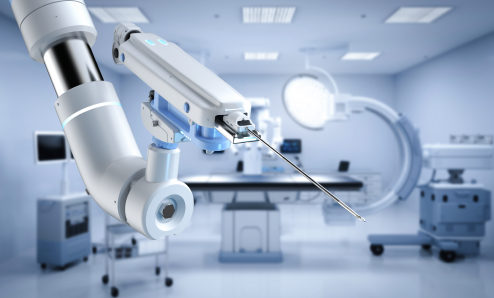Temperature and humidity sensors are used in medical devices such as ventilators and oxygen concentrators for daily humidity control. Ventilators require precise control of air temperature and humidity, simulating the natural breathing environment of the human body to prevent respiratory damage caused by low humidity, as well as to prevent condensation water backflow or bacterial growth caused by high humidity. Oxygen concentrators generally rely on molecular sieves to increase the concentration of oxygen. If the humidity is too high, water molecules will condense on the molecular sieve, reducing the concentration of oxygen production and the lifespan of the molecular sieve. Therefore, it is necessary to detect the humidity and control it properly.



